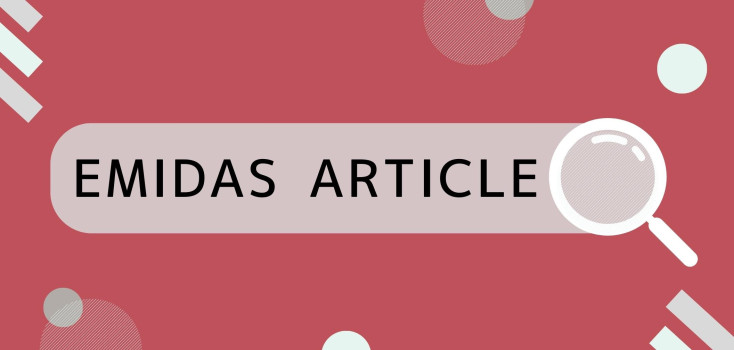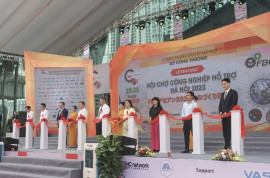In the context that businesses must operate in an environment of rapid changes with the increasing impact of the industrial revolution 4.0 and deeper international integration, Knowledge is emerging as a key resources, having a direct impact on the organization's competitiveness and sustainable development.

1. The concept and role of Knowledge
In the Merriam Webster dictionary knowledge is defined as "the fact or condition of knowing something with familiarity acquired through experience or association". Thus, the concept of knowledge has two characteristics: (1) is an understanding of the subject matter or content and (2) is obtained from experience or the relationship/association between the elements.
In the first feature, Knowledge can be seen as a prerequisite for pursuing the principle of “Evidence-Based Decision Making” and the foundation for an effective PDCA cycle operation. A state of knowledge or beliefs that are validated with high accuracy enables an organization to make quick and accurate decisions at the Plan and Adjust steps of the PDCA cycle.
The second feature, the process of formation of Knowledge starts from data from reality, is sorted and organized into information, goes through the process of analyzing relationships to find laws and understand. know by which people react to real conditions. The table below shows an example that illustrates the transformation cycle from data to information, knowledge and decision/action.
2. Classification by Knowledge type
According to the form, Knowledge can be divided into two main types: explicit knowledge and tacit knowledge.
- Existing knowledge is knowledge that has been standardized and documented through mathematical formulas, relational graphs, laws, rules, and rules expressed in specific domains. This is a form of knowledge that is easy to see, manage, and use in businesses in the form of documents, documents, processes, regulations, guidelines, databases, etc. Current knowledge usually solves problems. know-what but often do not specifically address the skills and how (know-how).
- Tacit knowledge is unstandardized and documented knowledge that resides not in documents and databases but in the heads of organizational personnel to answer the question of how. -how). Where there is the phenomenon of the same job that one person does well but another does not, there is usually an element of tacit knowledge that the organization needs to manage.
Understanding and clearly distinguishing the forms of knowledge will help the organization to make appropriate plans for management policy.
3. Some approaches to knowledge management practices in organizations
With the recognition of knowledge as a key resource, which plays a decisive role in the competitiveness and sustainable development of the organization, knowledge management is now considered as a business management field. industry with many practices developed and applied in practice in organizations. Here are some basic and simple practices that organizations can implement:
- Establish and update standard documents – including procedures, guidelines, standard work, standards, tables, etc., for the purpose of synthesizing and standardizing knowledge in the form of good practice and/or individual knowledge into existing knowledge in a condition that can be readily stored, shared and accessible;
- ・Promote proposal/suggestion activities at the employee level and kaizen activities at the instructor/manager level, and form new expanded knowledge based on review of the current situation including design of experiments and analysis of causal relationships. . The results of Kaizen activities are standardized, formalized, stored, shared and accessible;
- Strengthen internal training and sharing activities at all levels and functions in the organization to share hidden knowledge among members. In-house training does this through pre-training research and analysis as well as in-training discussions to go from “surface beliefs” – in the form of “just do this.” , “behaving like this will be appropriate” – to the essential relationships when answering the question “why – Why” and considering “what if” situations;
- Establish an effective management information system, driven by key indicators and knowledge areas that need to be developed as a basis for data analysis and decision-making based on actual data. The analysis of data, especially the characteristics, trends along with the relationships of factors (eg hypothesis testing, ...) helps the organization to understand, understand and master the relationship of data. factors, including causality, and thereby prompt and effective decisions to control and operate;
- Appreciate R&D activities on the basis of clear strategic direction, solid structure and strict process. Research and development efforts in the aspects of product, technology, management, ... help the organization have a sure approach for constantly forming and mastering new and expanding knowledge;
- If there is necessary knowledge but it is not available within the organization, access to and acquisition of technology can be carefully prepared through technology transfer activities. Organizations can access, explore, select and replenish necessary knowledge by attending exhibitions, conferences and seminars, subscribing to professional journals, participating in industry associations and benchmarking programs, and visiting partners.
Author: Pham Minh Thang, Director of P&Q Solutions
















